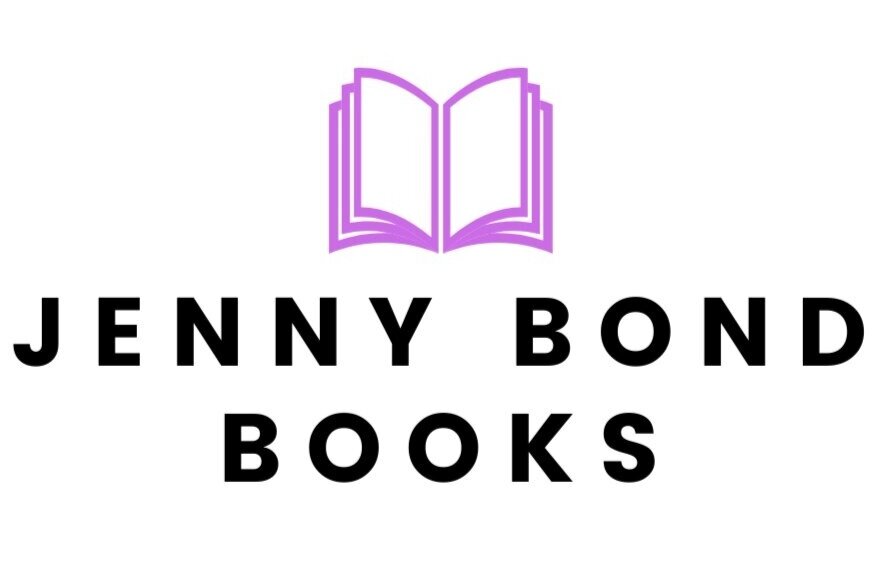Finding your way into libraries
Recently, I’ve been busy getting my books into libraries.
Often authors are so focused on getting their books into bookstores that they forget about the important place of libraries in the publishing ecosystem. What’s more, many independent authors are under the false assumption that libraries won’t be interested in books written by independent or self-published authors.
Getting your book into libraries will not only mean growing your readership, it will also result in quite a significant pay day each year, through the public lending rights (PLR) system. PLR are the compensation an author receives for losing income through the free multiple use of their work in public and educational lending libraries. If your book is in libraries, each time a reader borrows it, the author receives a small sum as recompense. Only fair, right?
Let me share with you my journey so far regarding getting my books onto the databases and shelves of libraries. I’m coming from the position of an independent, wide* Australian author.
Fortunately, as far as e-books are concerned, a few of the online bookstores such as Kobo and the self-publishing service, Draft2Digital, offer optional library distribution when you list your e-book for sale on their platforms. Kobo Writing Life is aligned with the library distributor OverDrive while BorrowBox, Baker and Taylor and Bibliotheca are the library services offered through Draft2Digital.
It all depends on which country an author is published, whether the government recognises public lending rights on e-books. In many nations, authors receive payment for digital lending rights. In others, such as Australia, while borrowers can borrow an e-book from a library, the author is not reimbursed.
An equal amount of time and effort go into creating an e-book as a print book. Yet a few governments - including the Australian - seem to think otherwise. The devaluing of an author’s work in this way does nothing to promote and support the arts.
The Australian Society of Authors has been working towards remedying this situation for many years. I am told change is not far off …
In the meantime, look on the bright side. Even if you aren’t being financially recompensed when a reader borrows your e-book from an Australian library, getting your e-books into libraries is still a positive step in terms of discoverability. The more readers who have access to your book, the larger your audience will become. And that’s a good thing.
For paperbacks, the situation is slightly more straightforward, especially in Australia.
I distribute my print books through the global distributor, IngramSpark. Once your book features in their catalogue it becomes available to bookstores and libraries all over the world.
In Australia, if your book has an ISBN, you can register it in the National Library of Australia. Once it is on their database, all libraries in Australia will have access to it and can proceed with an order from the distributor. The NLA also requires one copy of the print book as proof of its existence.
I have also submitted my books to Australian Library Services. This is another hub where librarians can find your work when they’re curating their collection. There are other services such as this in Australia, many of which deal with a specific genre such as non-fiction or children’s books.
WARNING: If you publish your e-books through KDP Select, Amazon does not permit you to have your e-book available on any other platform, even in a library or your own website.
My books aren’t in the Bodleian yet. I’ve got a long way to go to get them into libraries worldwide. But I feel I’ve made significant steps in Australia at least. There are loads of resources out there to help. Here’s a taste:
The Alliance of Independent Authors
Beyond this, I recommend reaching out to libraries in your area. Librarians love books and authors - all authors big and small. Librarians are all-inclusive, so don’t be scared. Put together a colourful and friendly information sheet with a short bio of yourself and a brief synopsis of your book. Make it colourful and friendly and include a photograph.
Librarians also love events and author talks, so if they have an email from you in their inbox, they’re likely to get in touch. A librarian’s role is not only curating and shushing, but also attracting people into the library.
Is there a better way to do this than an author talk?
Obviously, this will be dependant on the COVID restrictions in your part of the world.
Finally, a guaranteed means of getting your book into libraries is to have a reader request it. So, if you already have a readership, contact them via your newsletter and encourage them to ask for your book at their local library. Readers aren’t aware of the power they possess when it comes to library curation.
*Wide: sell and distribute books across multiple platforms, not just one.

